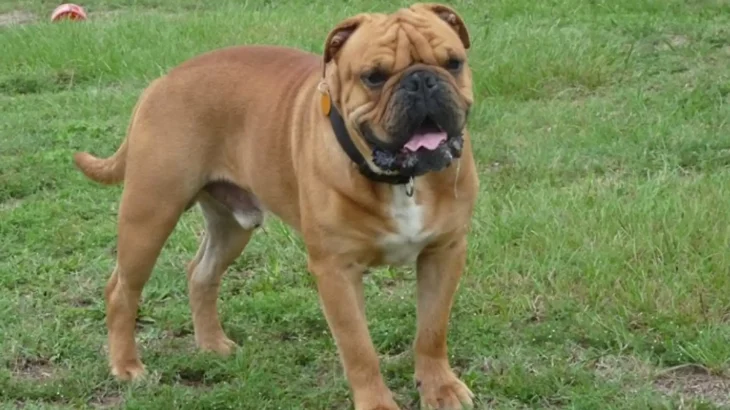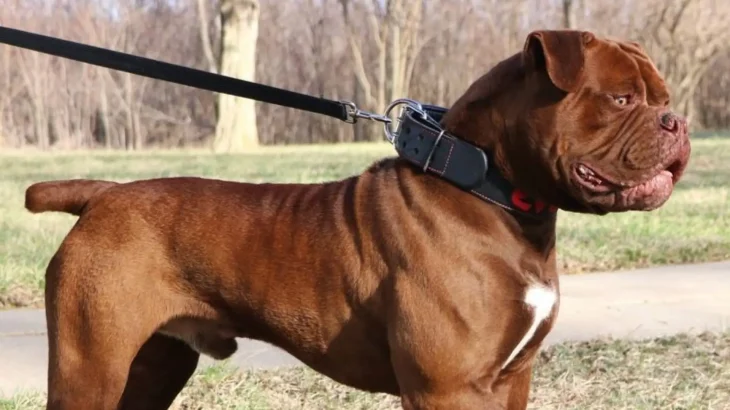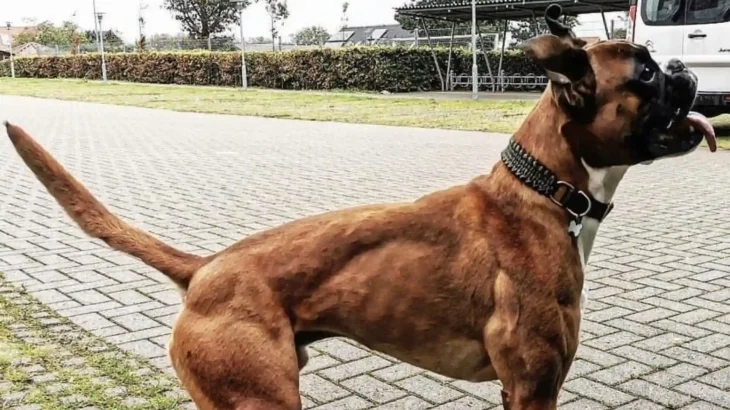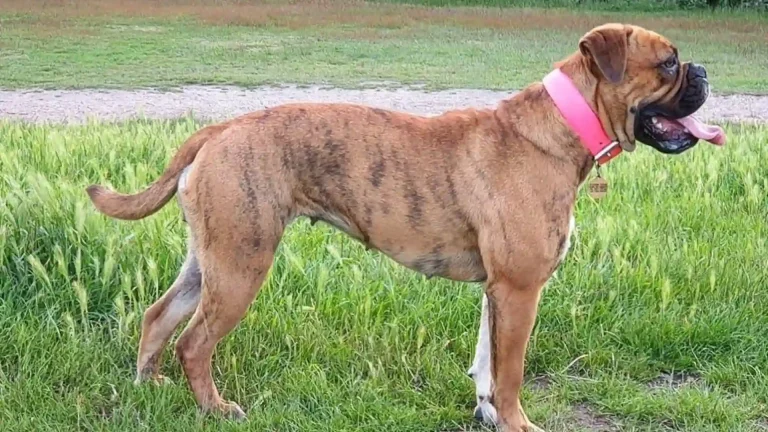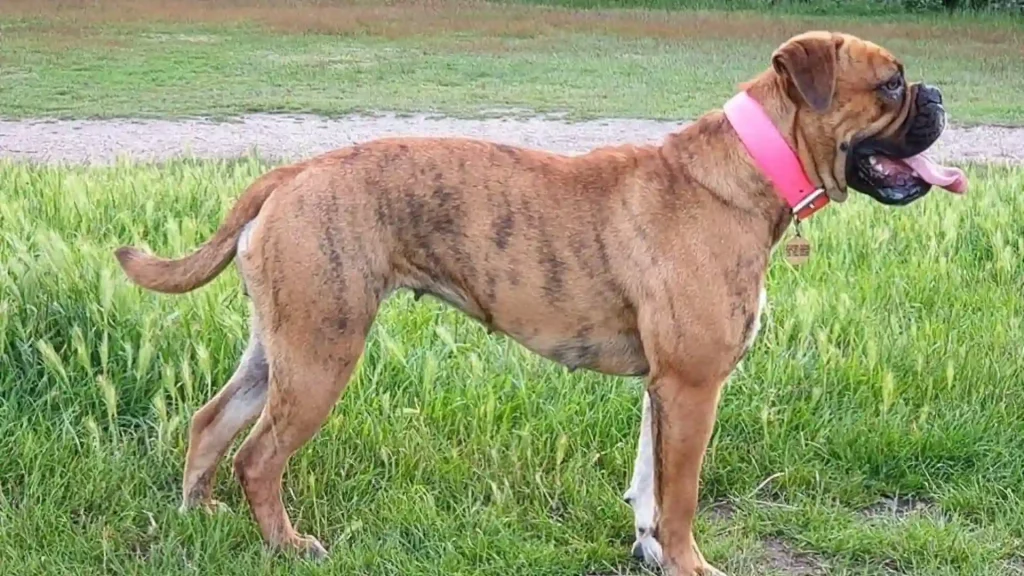Deciding whether to adopt or purchase a Leavitt Bulldog puppy involves weighing factors like cost, health transparency, and ethics. Buying from a breeder usually offers clarity on the puppy's background and health, while adoption provides a chance to rescue a dog in need. Both options have unique benefits depending on what you prioritize in your new furry friend.
Adoption vs. Breeder: Pros & Cons
| Criteria | Buying from Breeder | Adopting from Shelter/Rescue |
|---|---|---|
| Cost | Generally higher, reflecting purebred status and breeder investment. | Lower fees, often including medical care. |
| Health History | Comprehensive records and screenings usually provided. | Sometimes limited or unknown health background. |
| Age Availability | Mostly puppies, helping bond from early age. | Variety of ages, including adults and seniors. |
| Ethical Considerations | Depends on breeder ethics; reputable breeders avoid puppy mills. | Supports animal welfare by giving a home to dogs in need. |
| Breed Purity & Pedigree | Clear pedigree documents ensure breed standards. | Often mixed or unknown lineage; less emphasis on breed purity. |
| Return Policy & Support | Breeders may provide after-sale support and return options. | Support varies; some rescue groups offer post-adoption help. |


